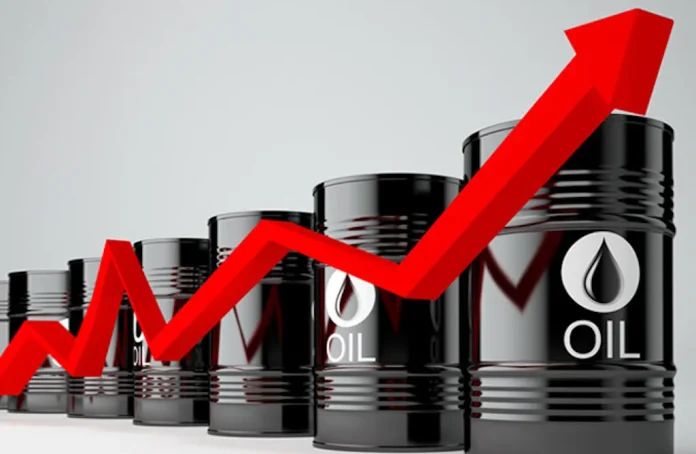Crude oil prices rose somewhat in early trade, recovering after significant losses at the close of the previous week amidst a cautious increase in market mood.
Geopolitical concerns have raised supply risks, while China’s poor imports continue to dampen demand forecasts. The slowdown in US drilling efforts, along with a World Bank prediction of a supply surplus, has put doubt on oil prices for 2024 and 2025.
As of today, ICE Brent crude traded above $71 per barrel, while U.S. West Texas Intermediate (WTI) traded above $67 per barrel. Despite these advances, continuing worries about slowing Chinese demand and a strong global supply outlook have limited further price rises.
The international benchmark Brent crude rose by 0.18% to $70.98 per barrel, while WTI increased by 0.3%, settling at $66.98 per barrel, slightly up from its previous close of $66.78.
China’s Export Tax Rebate Cuts
According to OilChem, China’s move to limit export tax rebates on refined oil products had little influence on exports, which are more reliant on export quotas. ING commodity strategists highlighted that comparable tax cuts in 2018 and 2016 did not reduce exports, which increased in both years.
Last Friday, China announced that the export tax refund for gasoline, diesel, and jet fuel will be reduced from 13% to 9% beginning December 1.
U.S. Drilling Activity Declines
In the U.S., drilling activity slowed last week, with Baker Hughes reporting a one-rig decline in active oil rigs, bringing the total to 478. This marks the lowest count since mid-July 2024. Combined oil and gas rigs stood at 584, down from 585 the previous week and 5% lower year-on-year.
Speculative Selling and Geopolitical Influence
Recent statistics show an increase in speculative selling of ICE Brent futures last week. Meanwhile, the ongoing confrontation between Russia and Ukraine continues to put upward pressure on oil prices, with market investors worried about supply interruptions.
Russia launched large-scale airstrikes across Ukraine over the weekend, targeting crucial energy facilities. Ukrainian President Volodymyr Zelenskyy stated that Russia launched roughly 120 missiles and 90 drones, using a variety of modern weapons such as Shaheds, Zircons, and Iskanders.
Ukraine’s air defenses stopped more than 140 of these strikes, while other installations received direct hits, resulting in extensive power outages. Zelenskyy acknowledged that efforts to restore electricity services are currently ongoing.
The oil market remains caught between geopolitical uncertainties and a challenging demand outlook, leaving prices vulnerable to both upward and downward pressures in the near term.












